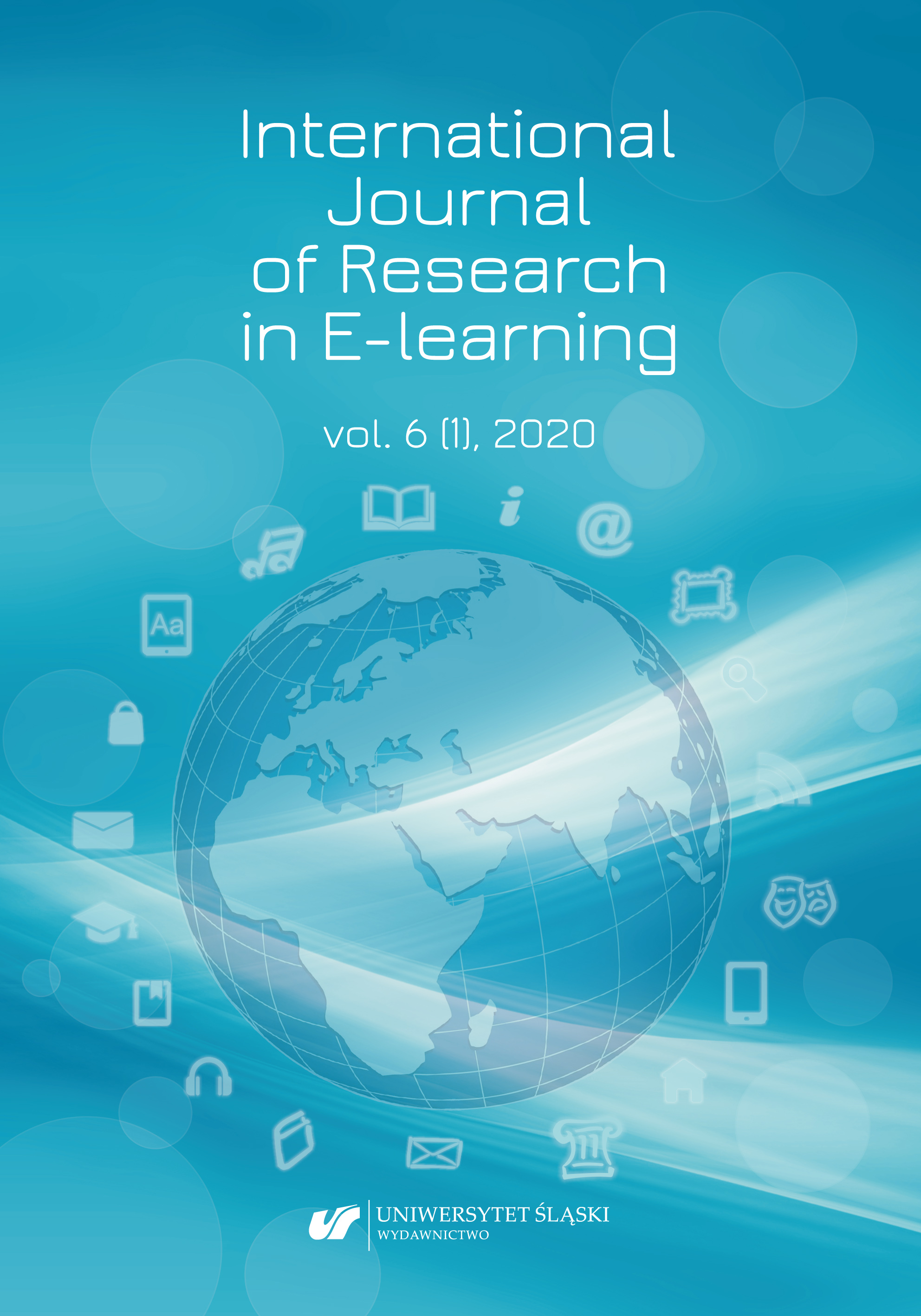Dylak, S. (2013). Strategia kształcenia wyprzedzającego. Poznań: Ogólnopolska Fundacja Edukacji Komputerowej.
Google Scholar
Gaidova, M. (2019). Strategy for pre-emptive method education in the Polish and Ukrainian primary school – case study. (Master thesis). Uniwersytet im. Adama Mickiewicza w Poznaniu.
Google Scholar
King, A. (1993). From Sage on the Stage to Guide on the Side. Retrieved from: https://www.tandfonline.com/doi/abs/10.1080/87567555.1993.9926781?journalCode=vcol20
Google Scholar
Melissa A. (2017). Using Technology To Flip and Structure General Chemistry Courses at a Large Public University: Our Approach, Experience, and Outcomes, (pp 75‒97_. In book: Teaching and the Internet: The Application of Web Apps, Networking, and Online Tech for Chemistry Education. ACS Symposium SeriesVol. 1270.
Google Scholar
Morze, N., Spivak, S., Smyrnova-Trybulska, E. (2014). Personalised educational environment – as one of the trends of modern education (pp. 158‒166). In Information and communication technology in education. Proceedings. Roznov pod Radhostem, Czech Republic, 9‒11 September, 2014. Ostrava: University of Ostrava, Pedagogical Faculty, 2014.
Google Scholar
Nakaznyi, M., Sorokina, L., Romaniukha M. (2015). ICT in Higher Education Teaching: Advantages. Problems, and Motives. International Journal of Research in E-learning, 1(1), pp. 49‒61.
Google Scholar
Pienta, N. J. (2016). A “Flipped Classroom” reality check. Journal of Chemical Education, 91(1), 1–2.
Google Scholar
Seery, M. (2015). Flipped learning in higher education chemistry: emerging trends and potential directions. Chem. Educ. Res. Pract., 2015, 16, pp. 758‒768.
Google Scholar
Steinbrink, B., (1999). Multimedia. U progu technologii XXI wieku. Wrocław: Wydawnictwo Robomatic.
Google Scholar
Course books
Google Scholar
Bartoszewicz M., Gulińska H. (2016). Mobilna chemia (Mobile Chemistry). Wrocław: Multiedukacja, Gulińska H., Smolińska J. (2018). Ciekawa chemia (Interesting Chemistry). Warszawa: WSiP.
Google Scholar
Kulawik J., Kulawik T., Litwin M. (2018). Chemia Nowej Ery (New Era Chemistry). Warszawa: New Era.
Google Scholar
Popelʹ P.P., Kriklâ L.S., (2016). Himiâ. Kiev: Izdatelʹskij centr «Akademìâ» (Popel P.P., Kriklya L.S., (2016). Хімія (Chemistry). Kiev: Academiya Publishing Center) (Попель П.П., Крикля Л.С., (2016). Химия. Киев: Издательский центр «Академия») (In Russian).
Google Scholar


 https://doi.org/10.31261/IJREL.2020.6.1.10
https://doi.org/10.31261/IJREL.2020.6.1.10
